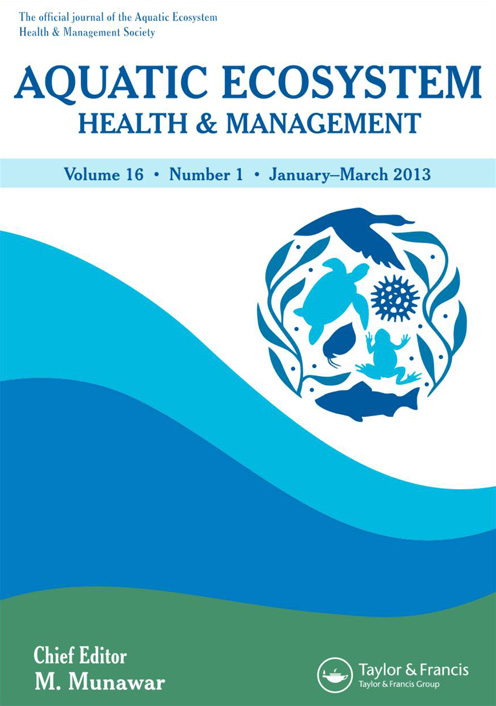Health of the Salish Sea as measured using transboundary ecosystem indicators
A December 2014 paper in the journal Aquatic Ecosystem Health & Management describes a project to identify transboundary ecosystem indicators for the Salish Sea.

Abstract
The Salish Sea ecosystem is a transboundary area of ecological, social, and economic significance shared by Canada and the United States. Accordingly, the United States Environmental Protection Agency and Environment Canada have committed to cross-border collaboration on Salish Sea issues. The transboundary ecosystem indicators project was established to support knowledge sharing and to identify common priorities for action. Mixed trends were observed among ecosystem indicators, reflecting the complexity of the system. Improvements were demonstrated among indicators of air quality, freshwater quality, and toxics in the food web. Declining trends were observed among indicators of marine water quality, marine species at risk, Chinook Salmon, and summer stream flow. Variable or neutral trends were observed among indicators of southern resident Killer Whale abundance, access to Shellfish beaches, and access to swimming beaches. While the indicators represent separate ecosystem components, including air water, species condition, and human wellbeing, these indicators are interrelated through biophysical cycles. Methods and results of tracking transboundary ecosystem indicators are presented to facilitate the identification of primary drivers and pressures of observed trends, and responses that have had positive results on a site specific basis.
Citation
Wong, C.& Rylko, M. (2014). Health of the Salish Sea as measured using transboundary ecosystem indicators. Aquatic Ecosystem Health & Management. DOI:10.1080/14634988.2014.980209.

